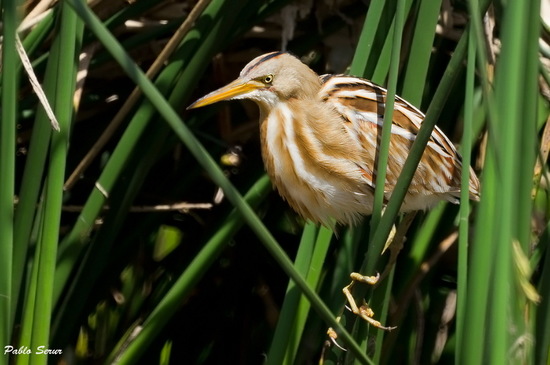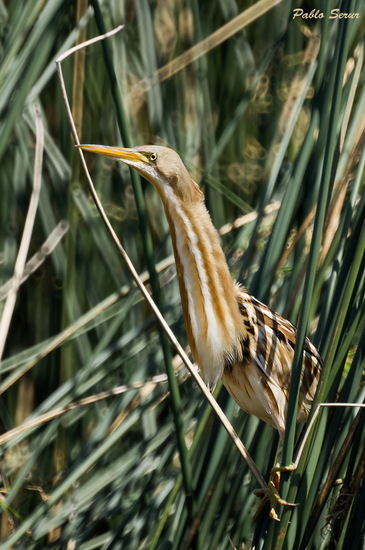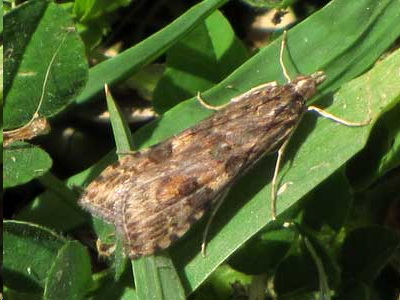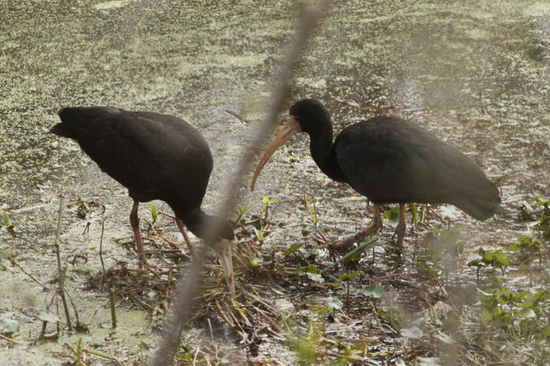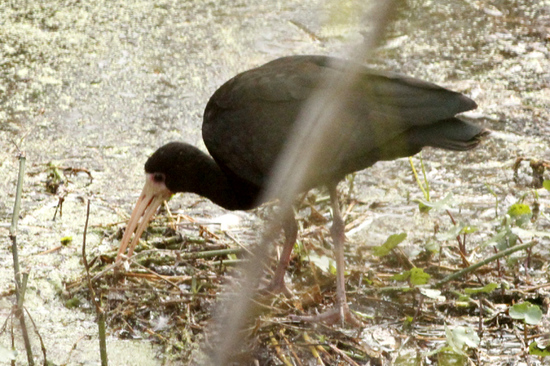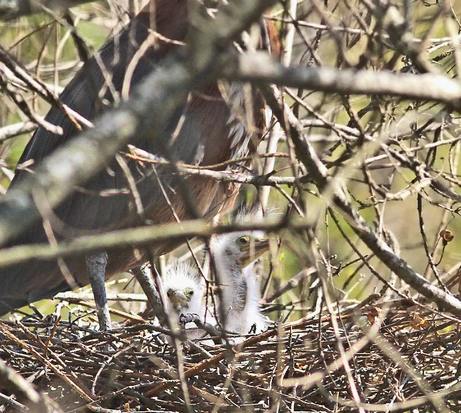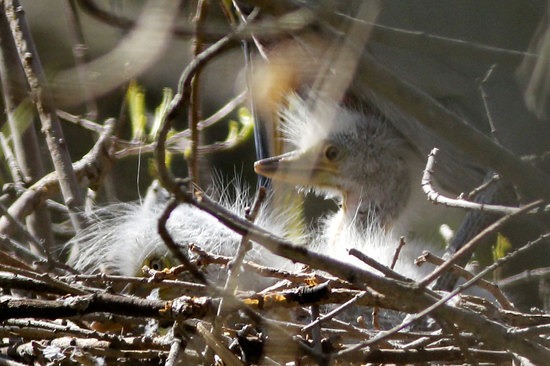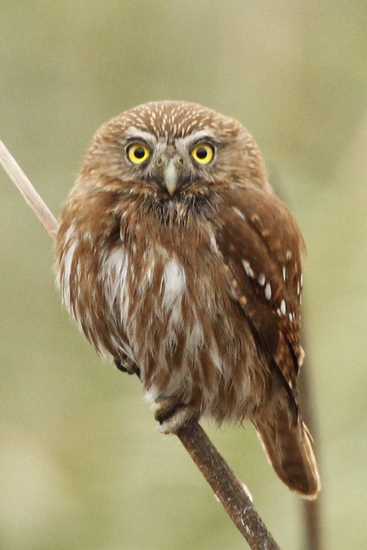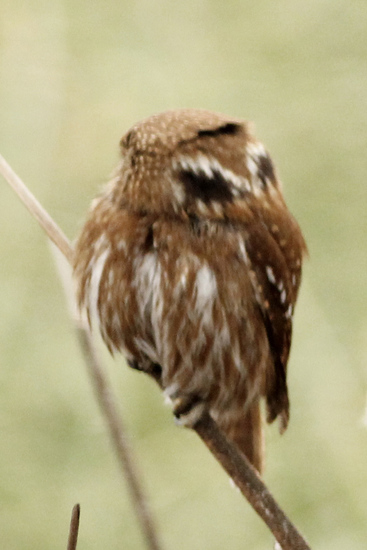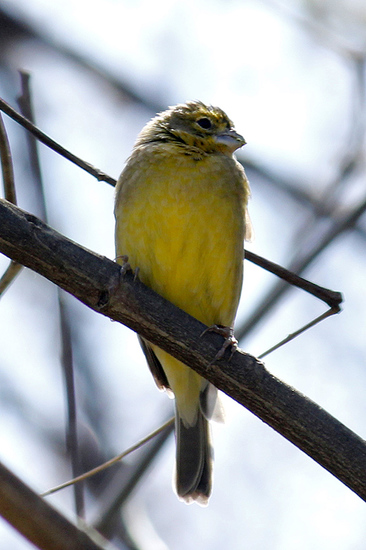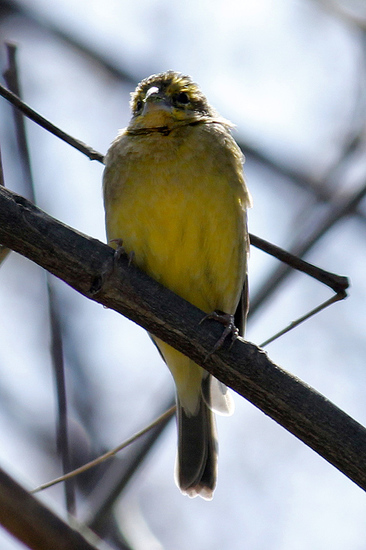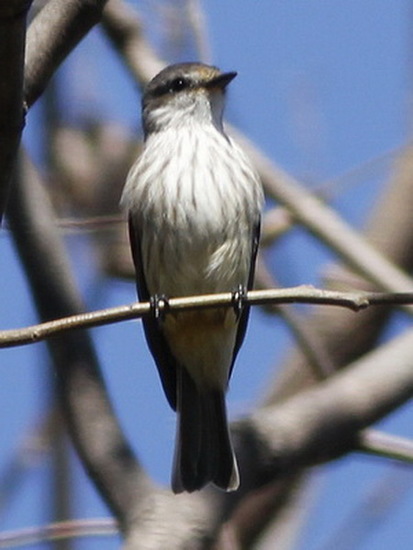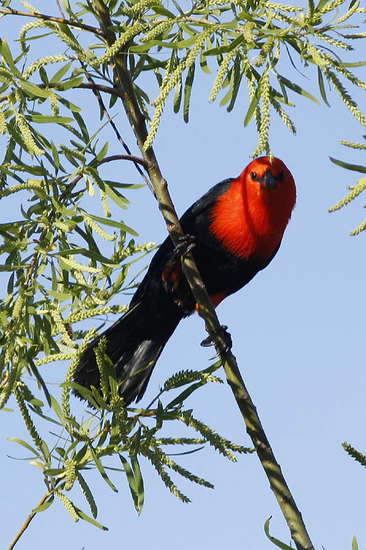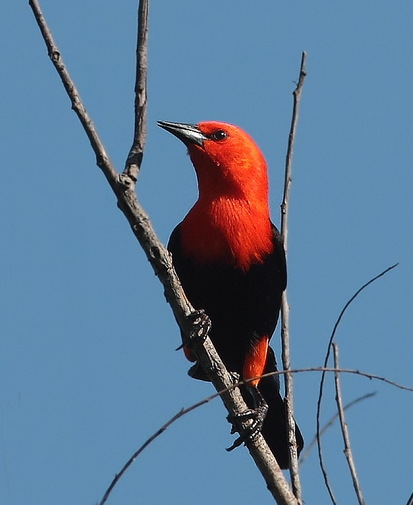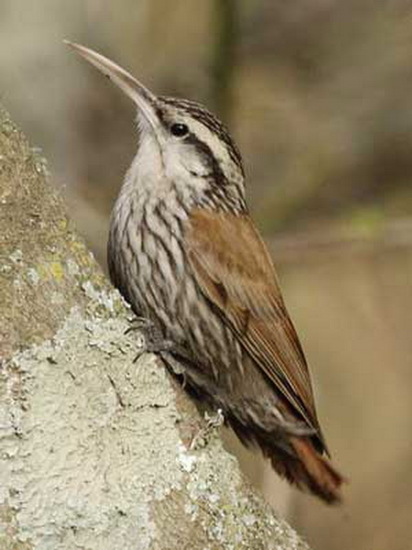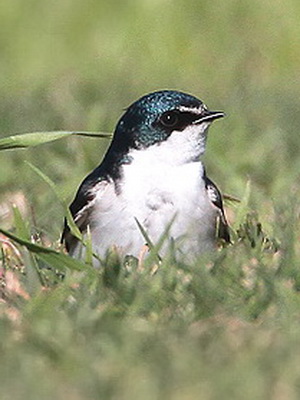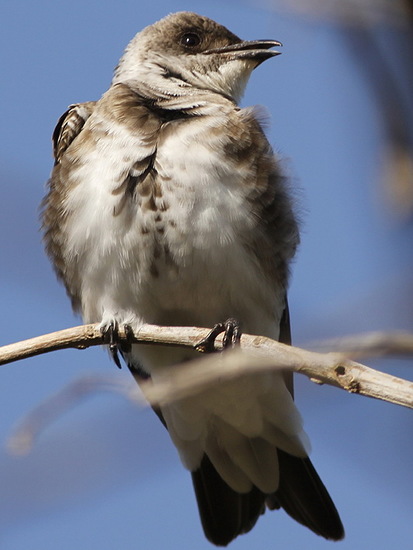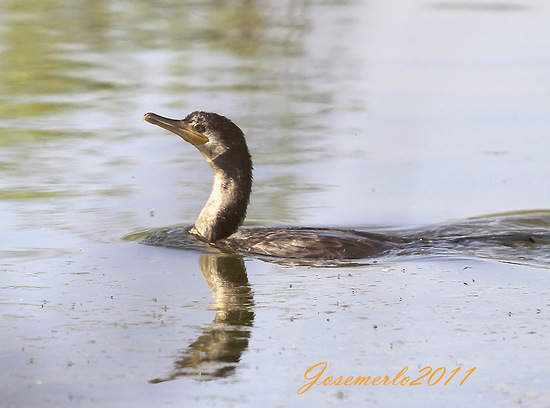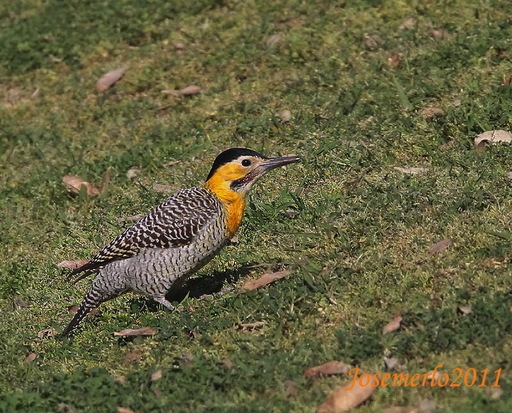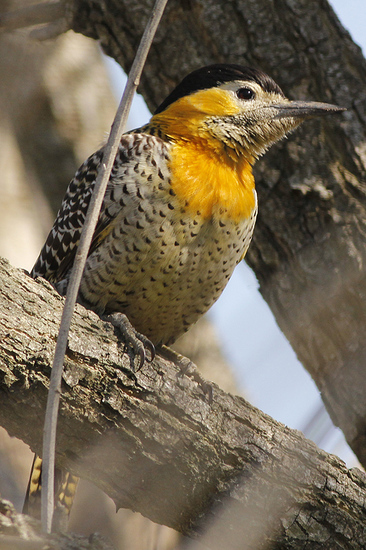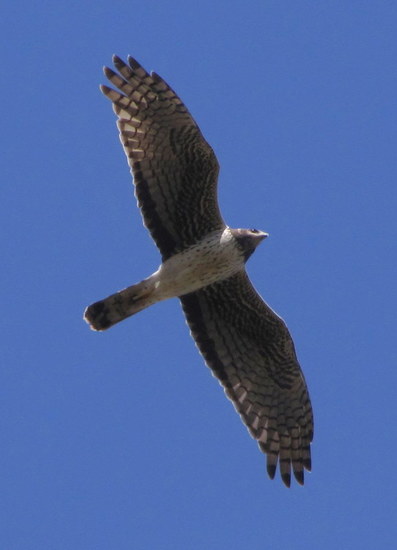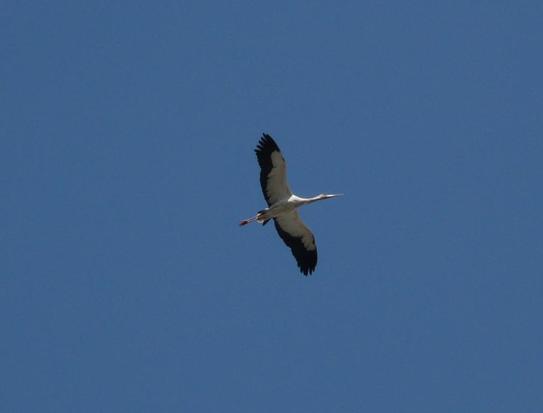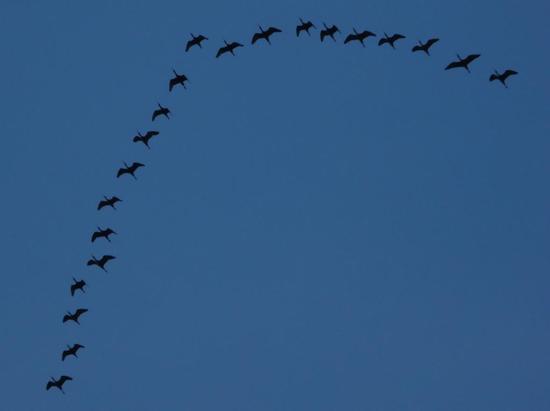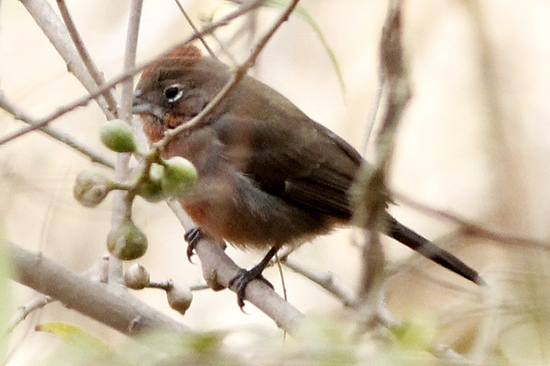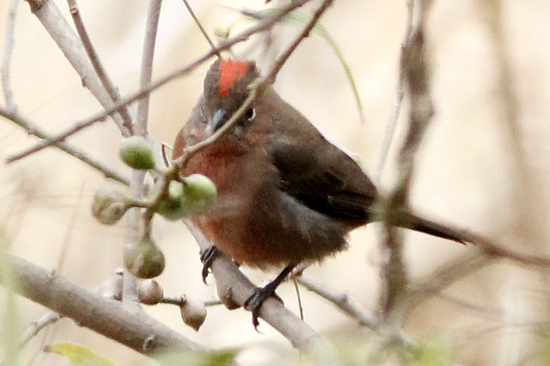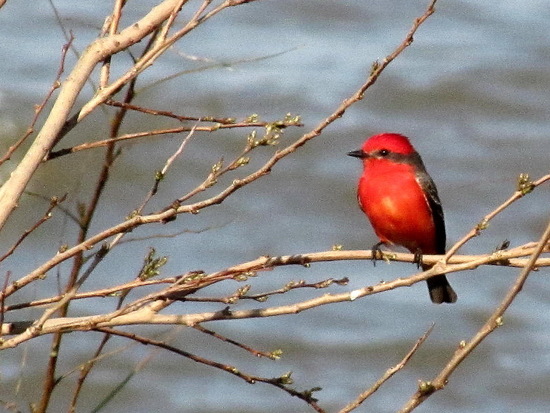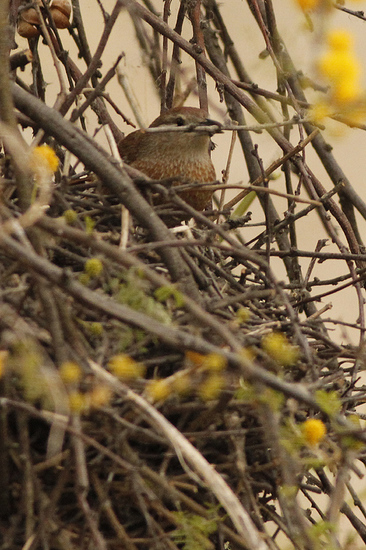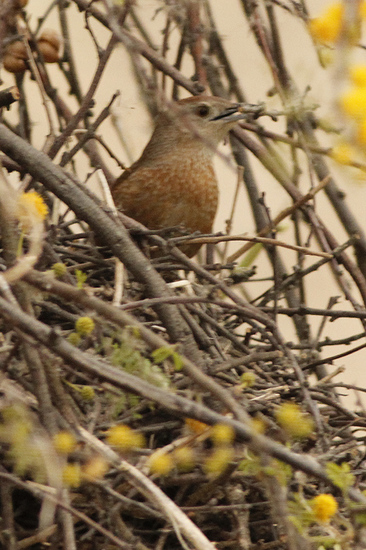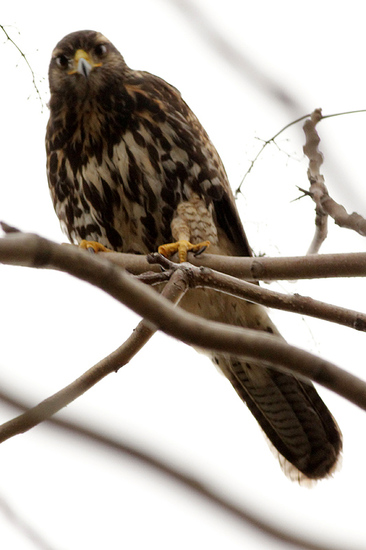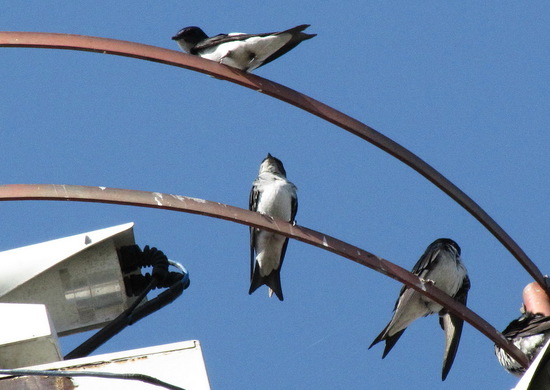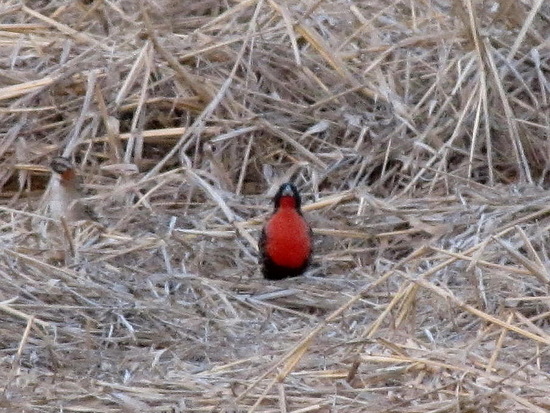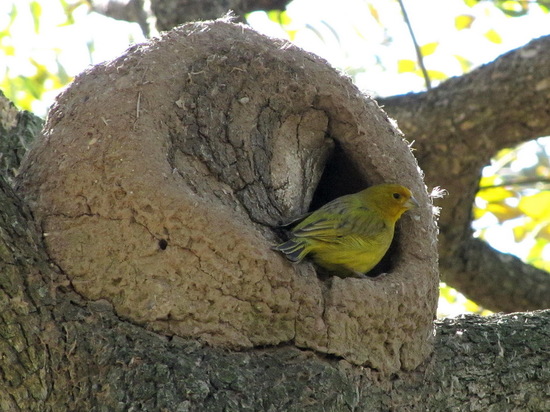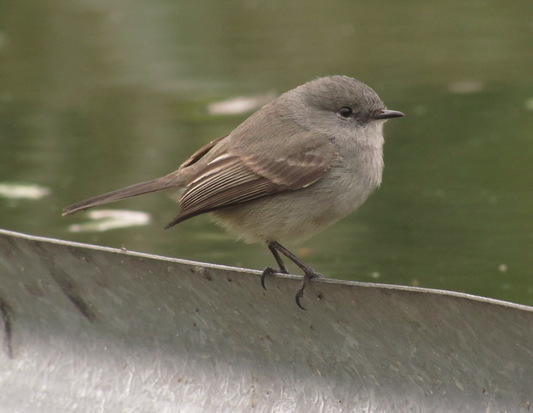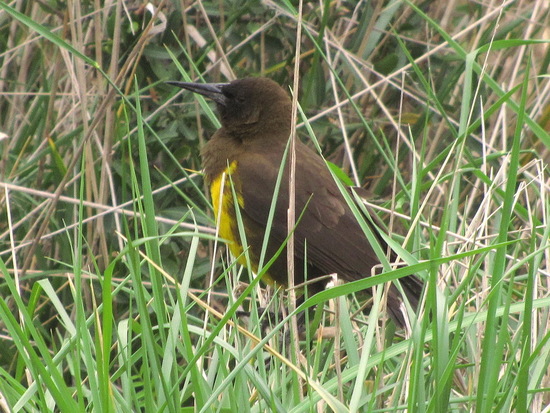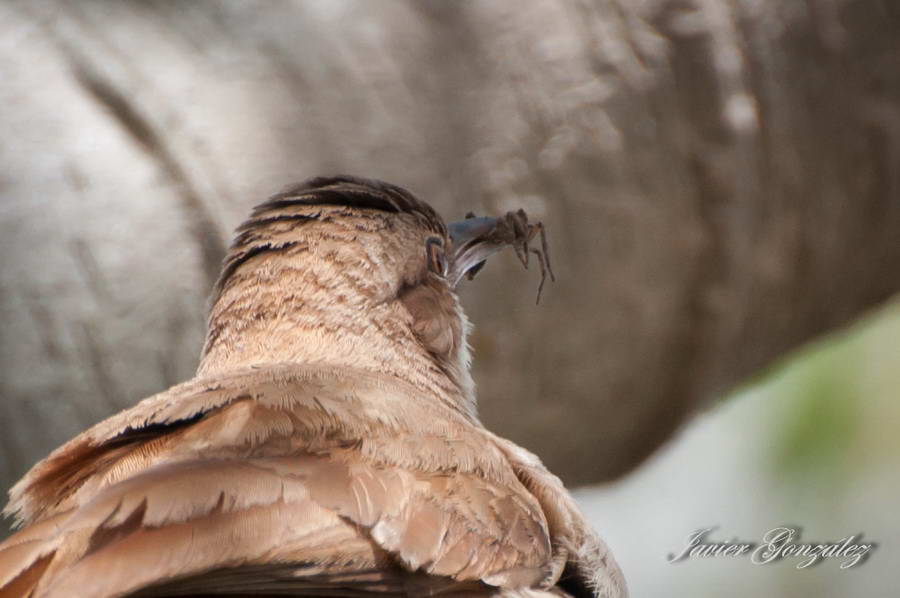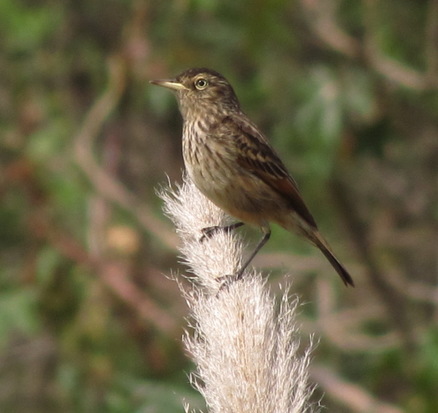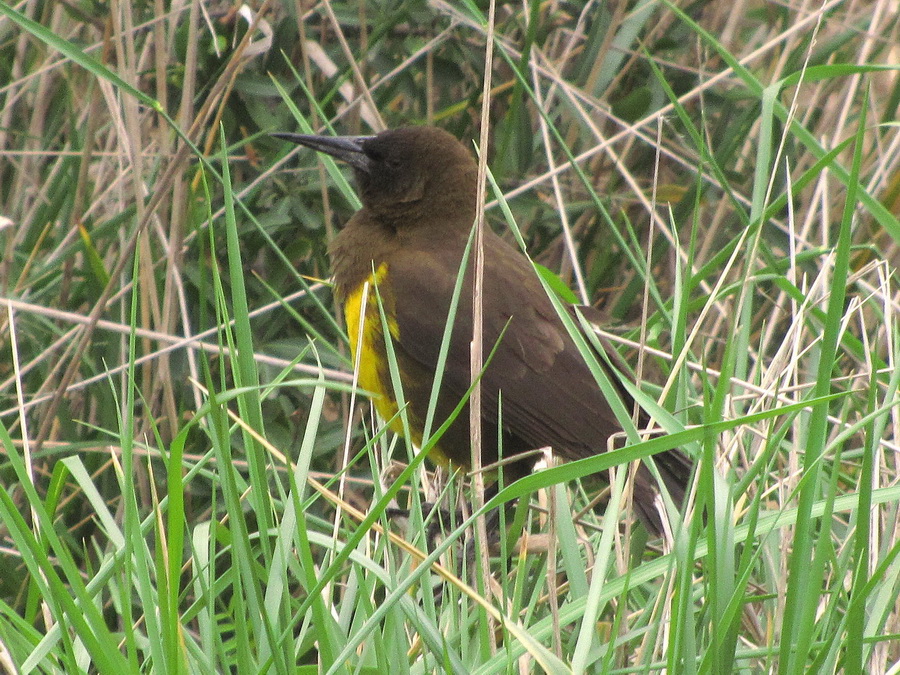News - September 2011
| Signs of Spring | |
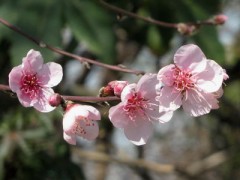 Prunus in blossom, © C. y T. Di Mauro |
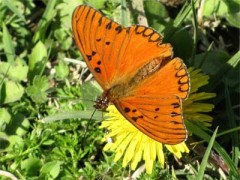 butterflies, © C. y T. Di Mauro butterflies, © C. y T. Di Mauro |
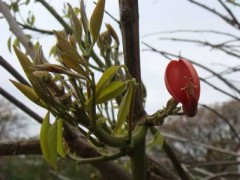 first sprouts © Cora Rimoldi first sprouts © Cora Rimoldi |
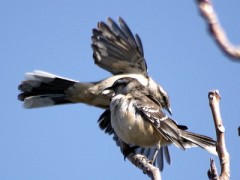 and the song of birds. Clic to hear the Chalk-browed Mockingbird's voice. © C. y T. Di Mauro - © José L. Merlo (voice) and the song of birds. Clic to hear the Chalk-browed Mockingbird's voice. © C. y T. Di Mauro - © José L. Merlo (voice) |
This Sierra-Finch lives in Patagonia and along the Andes. During the winter these southern birds move to the north reaching Buenos Aires. It was last seen some years ago. And funny enough only females have been registered at Costanera. Wrongly classified as a female Germán Pugnali explains the morphological and behavioural aspects that account for a juvenile male. "The plumage of this individual is mainly grey and black in the lower belly and lacks the female's typically speckled flanks. The cinnamon colour of the cheeks is darker. The individual still has light lines on both sides of the throat, which seems to be getting darker downwards. This is the typical "fresh" plumage of males, in which the black colour becomes even darker as feathers wear off. Besides, there are black areas on the rest of the face from the bill base to the loral area. Males' bill is yellow in the breeding season, but darker outside this time. This may be because it is still young. And last but not least... it is singing beautifully! This is typical among oscine passerines during the breeding season, perched on a branch and claiming territory!
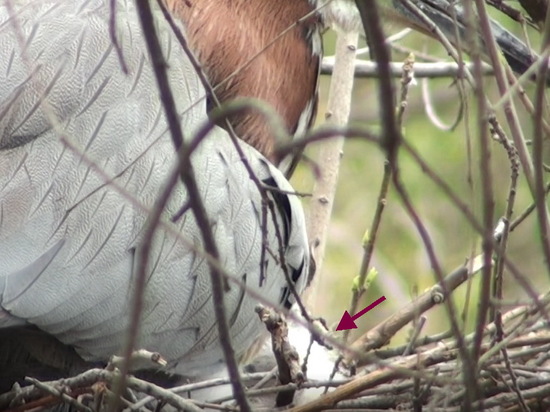
Yesterday, 17, we already supposed a chick had already been born due to the adult's posture. With the wings kept in an eaves-like manner to give shelter and heat to the newly born chicks. We stayed a long while but were not lucky. Today, instead, we had the chance to meet them. It was difficult since the adult was oriented to the canal and its big body blocked the view. One was pecking at a piece of fish when another bill appeared from one side. So, there are at least two. Will there still be a third heron?


